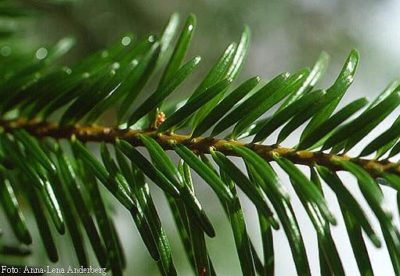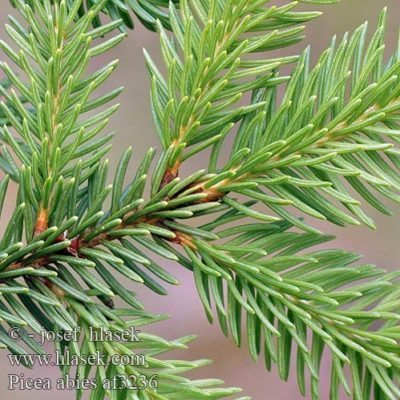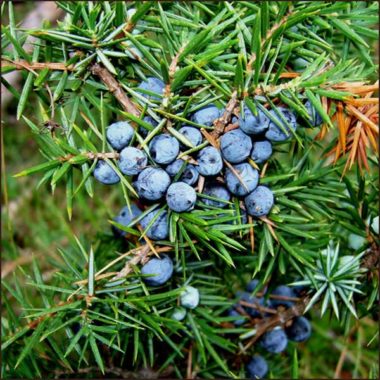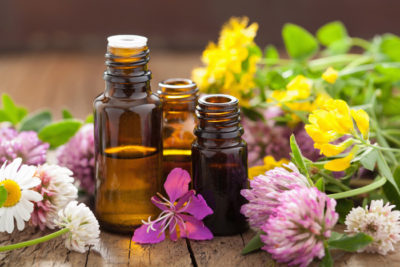
Aromatherapy (aroma = smell) represents plant therapy with essential oils that are used as means for healing, relaxation, body care, etc.
Essential oils are volatile aromatic products obtained by distillation or other suitable process of plants.
One of the oldest methods for obtaining essential oils is a steam distillation. In Europe, the production of essential oil distillation started in the 16th century.
Obtaining essential oils from the most important species for forestry
In the technological process of reforestation and care forests, there is a certain amount of coniferous residue, which contains a certain amount of essential oils whose industrial production would be profitable, which can be useful for a number of reasons:
- would not like as now destroying material from coniferous species
- we would get new products
- we would get the new jobs
Significant species in forestry
Fir – Abies alba
Spruce – Picea abies
Juniper – Juniperus communis
Whitebark Pine – Pinus heldreichii
Macedonian pine – Pinus peuce
Abies alba – Fir
Fresh or dried young twigs and branches ends of a length up to 50 cm and a thickness up to 1 cm, ordinary fir through steam distillation.
The content of essential oils:
It moves depending on the time of year and the region of 0.2% to 0.6% of the main oil producers in the world of fir were Germany, Bulgaria and the former Yugoslav States.
Chemical composition of essential oils:
Like other oil conifers, and fir has a very heterogeneous composition of the oil. Since major components we will mention the following: alpha and beta pinene, tricycles, limonene, camphene, alpha thujene, alpha and beta phelandrene, myrcene p-cymene and p-cymole, especially the essential content and bornyl acetate and borneol which provide basic tone in the evaluation of the quality of essential oil fir.
Picea abies – Spruce
Fresh or dried young twigs or branches ends of lengths up to 50 cm and a thickness up to 1 cm, spruce, and is obtained by steam distillation.
Essential oil content:
Oil yield from fresh branches and needles varies from 0.1 to 0.2%. Such a small amount of oil in the material despite the pleasant odor, do not foster a greater commercial interest. A small percentage of the oil and the relatively long time distillation (5h) does not guarantee profitable production. Material distillation is ” available ” from the end of March until the end of October when the trees are cut in terms of cleaning the forest.
Juniperus communis – Juniper
Fresh or dried, ripe juniper berries (baccae juniperi communi), through steam distillation.
Essential oil content:
The content and composition of essential oil of juniper depends on the time of year when it collect, the degree of maturity of fruits, climate, and altitude. Depending on the country from which it originates, the oil content is as follows:
Germany: 1 to 1.2%
France: 1 to 1.3%
Former USSR: 0.2 to 0.6%
Czech Republic and Slovakia: 0.8 to 2%
Hungary: 0.8 to 1%
Former Yugoslavia: up to 2%
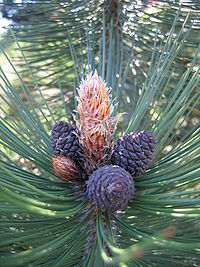
Realised yield of essential oil of Whitebark pine (Pinus heldreihii) was 10.92 ml/kg while from the Macedonian pine (Pinus peuce) yield was 5.92 ml / kg. By monitoring the resulting dependence of yield and time (duration) of distillation has been found that maximum yields approaching 4 hours after distillation, while in laboratory conditions are achieved yields (using the full amplitude of the glass).
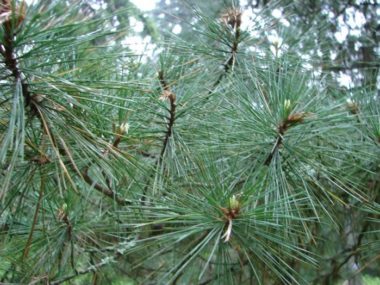
The largest amounts of essential oils on the market are obtained from the following species, which are collected from free nature, or, alternatively, plantation grown: mint, curly mint, juniper, thyme, chamomile, fennel, parsley and valerian. In recent years, mainly in the private sector, more and more attention is paid to the commercial separation of the essential oils from selenium, angelica and basil.
Gathering and picking plants is different depending on the type of plant.
- Viscum album is harvested from December to February.
- Flowers are harvested as soon as the plant blooms.
- Leaves and whole plant should be collected at the time when the first bloom appears. However, there are exceptions. For example, balm leaf harvested before flowering, because at that time the biggest and most aromatic.
- Fruits and seeds are harvested when they are fully ripe. However, there are exceptions. For example. a cynorhhodon should not be picked mature, not to soften, while having a red-orange color.
- Require peeling bark in early spring, when there is the most juice, because at that time most easily removed the bark.
- The roots and other underground organs should be taken out in autumn, less frequently in the spring.

